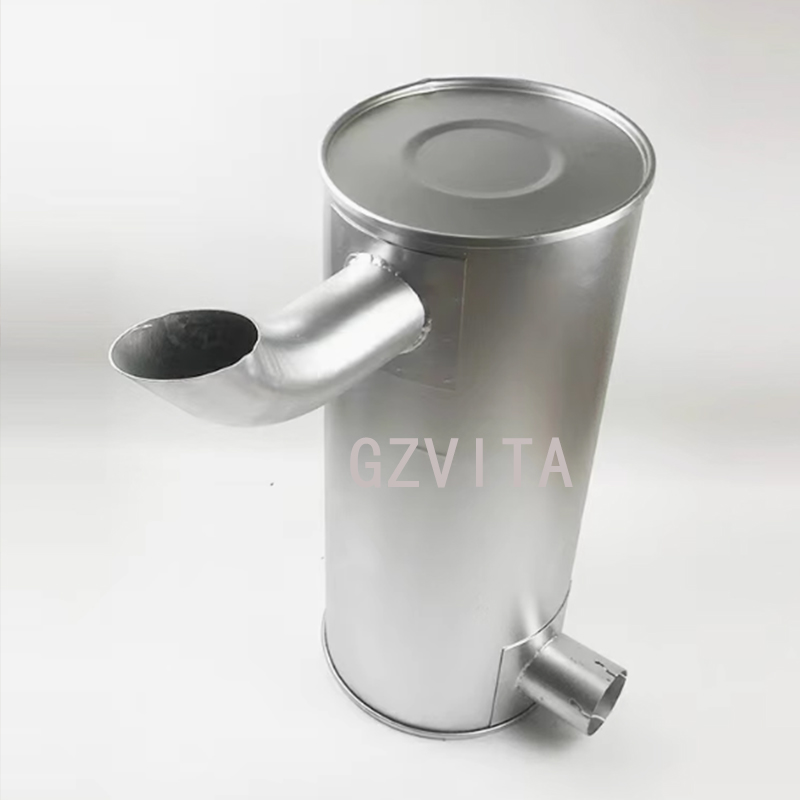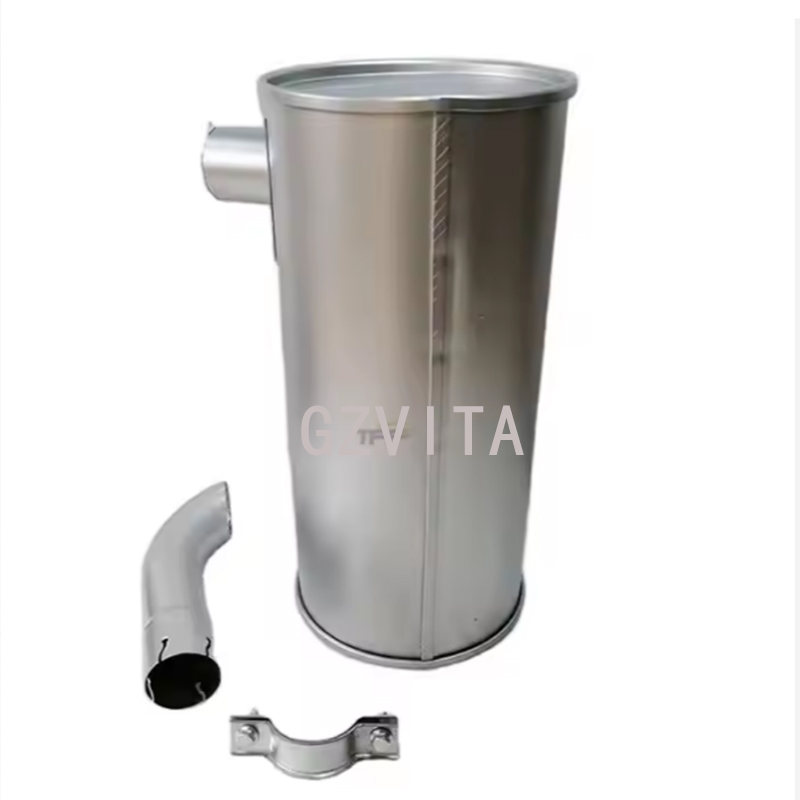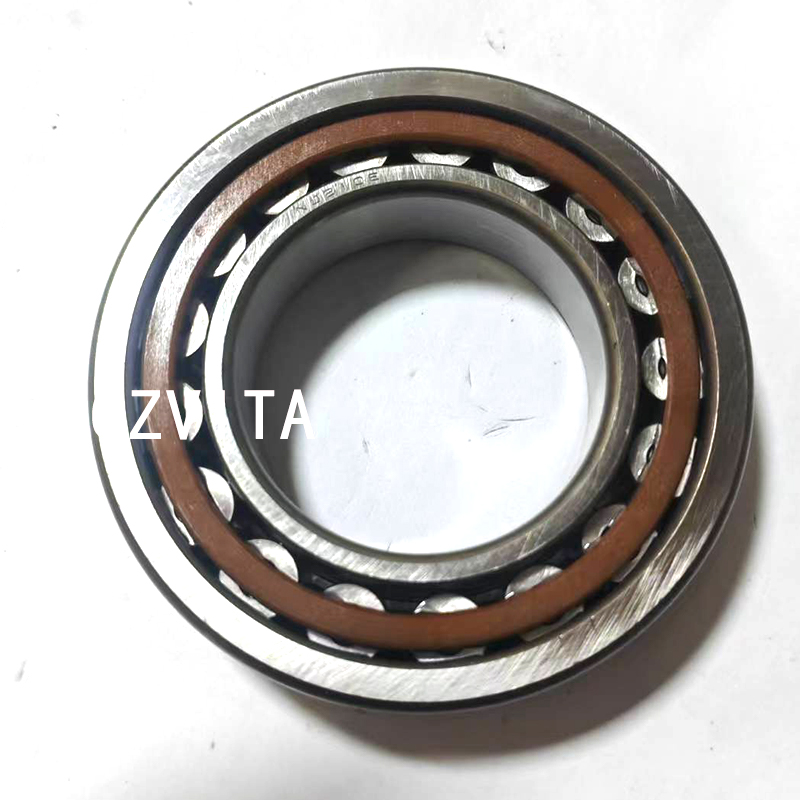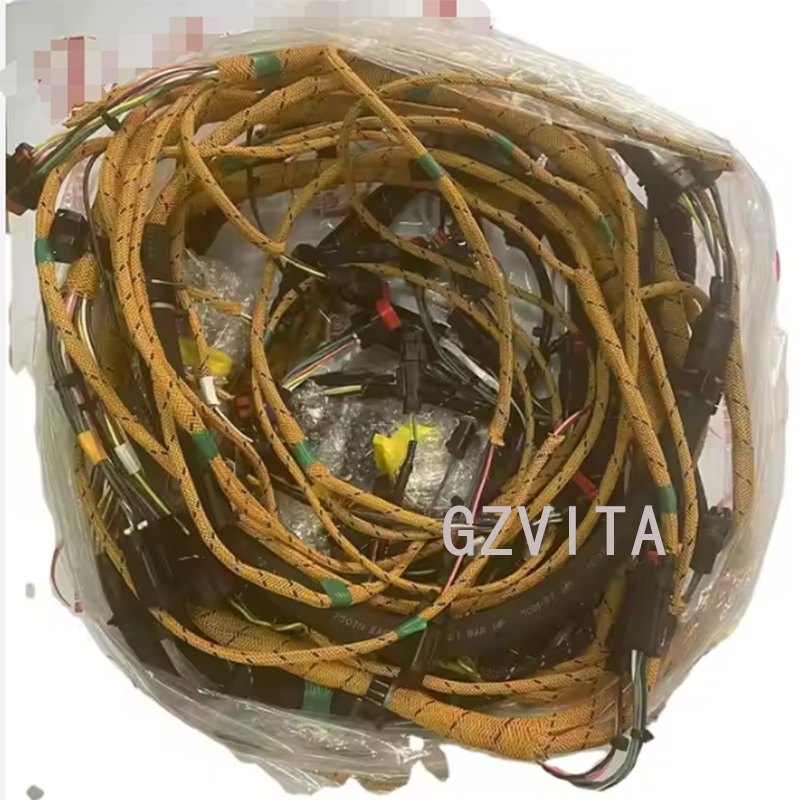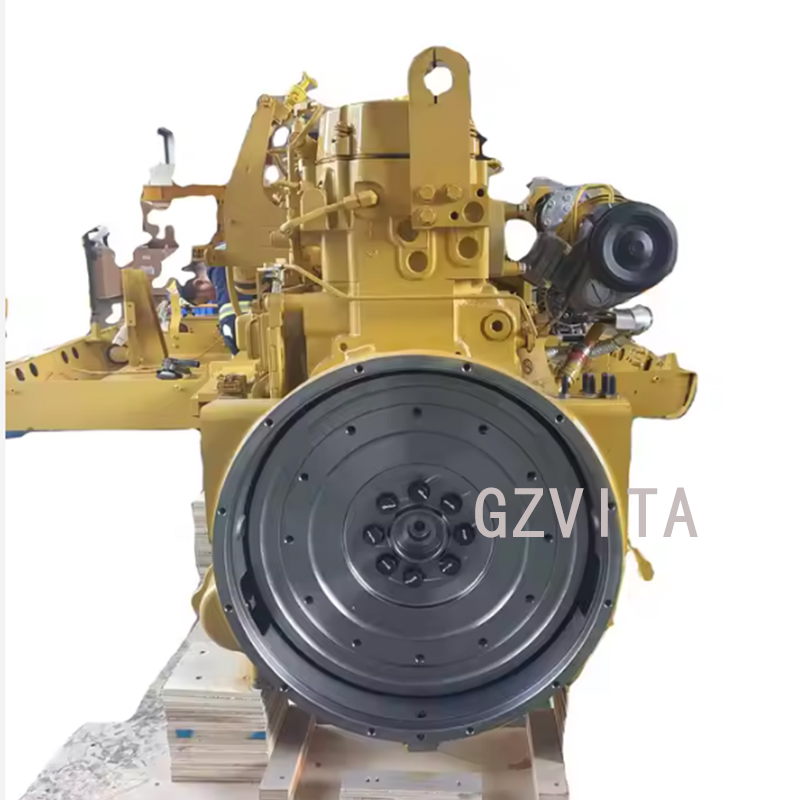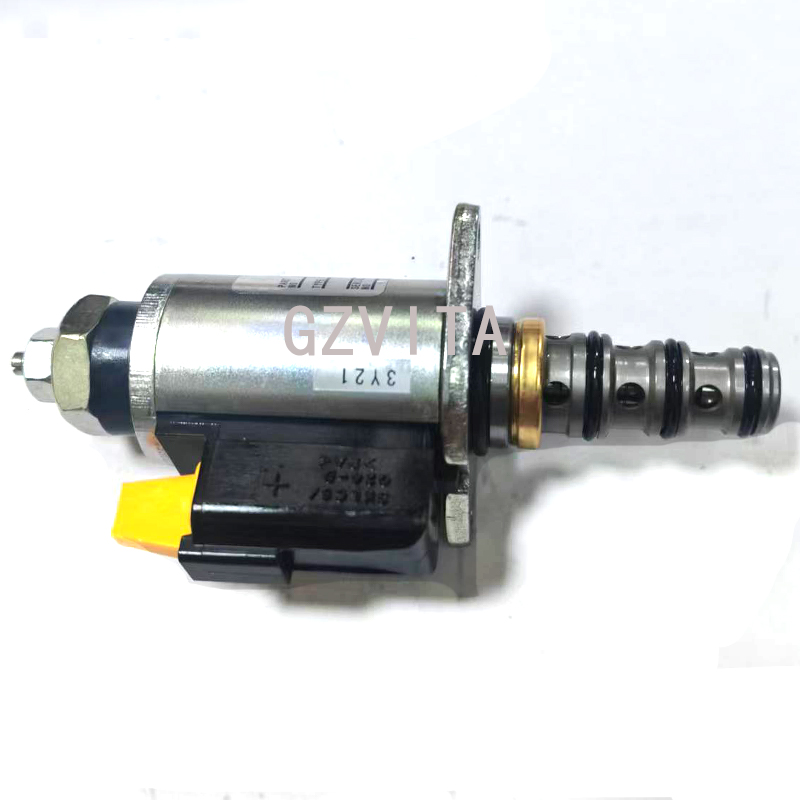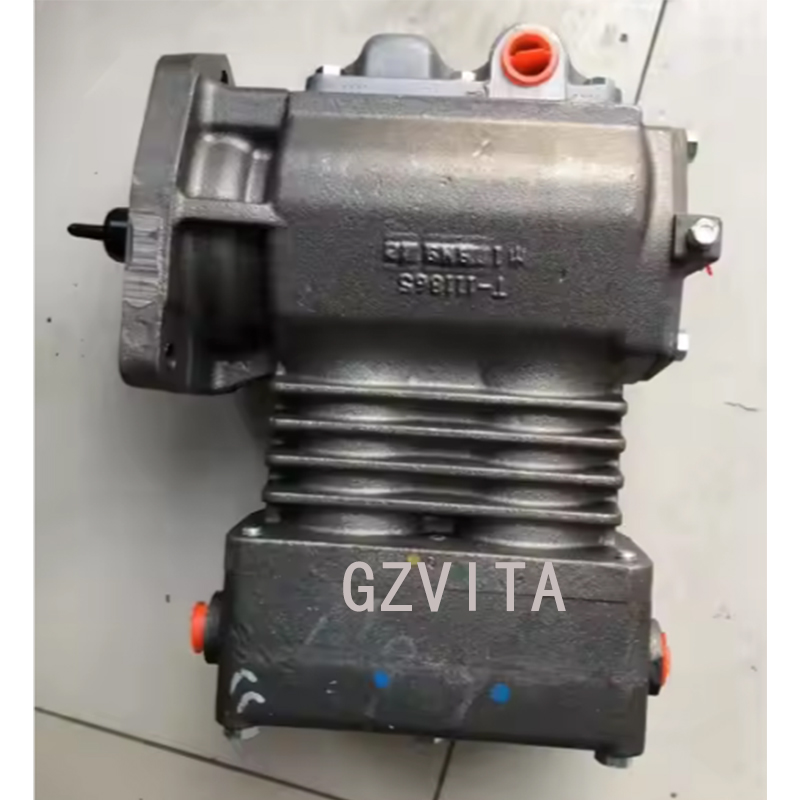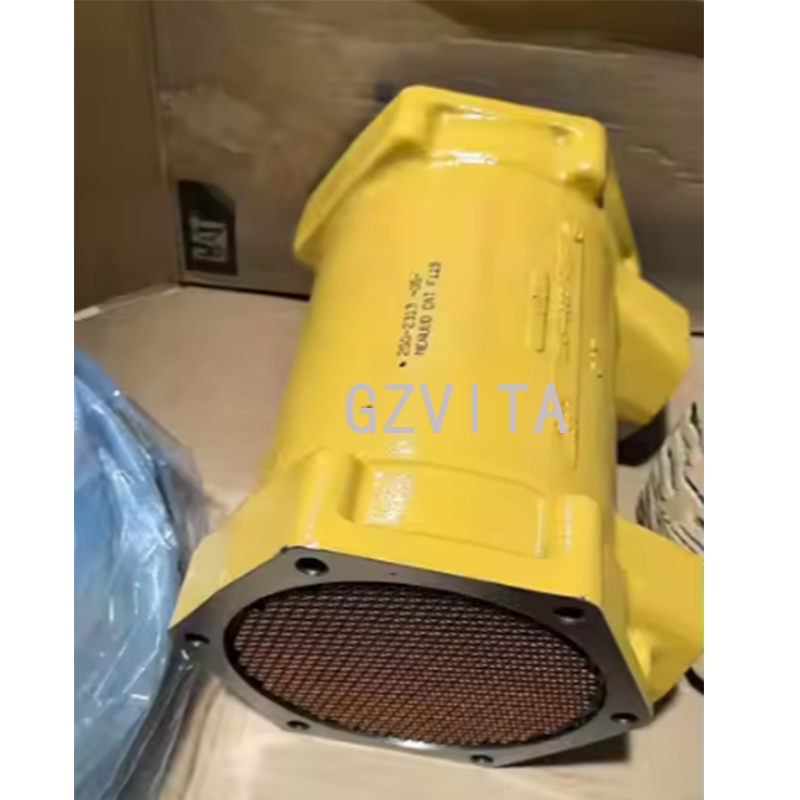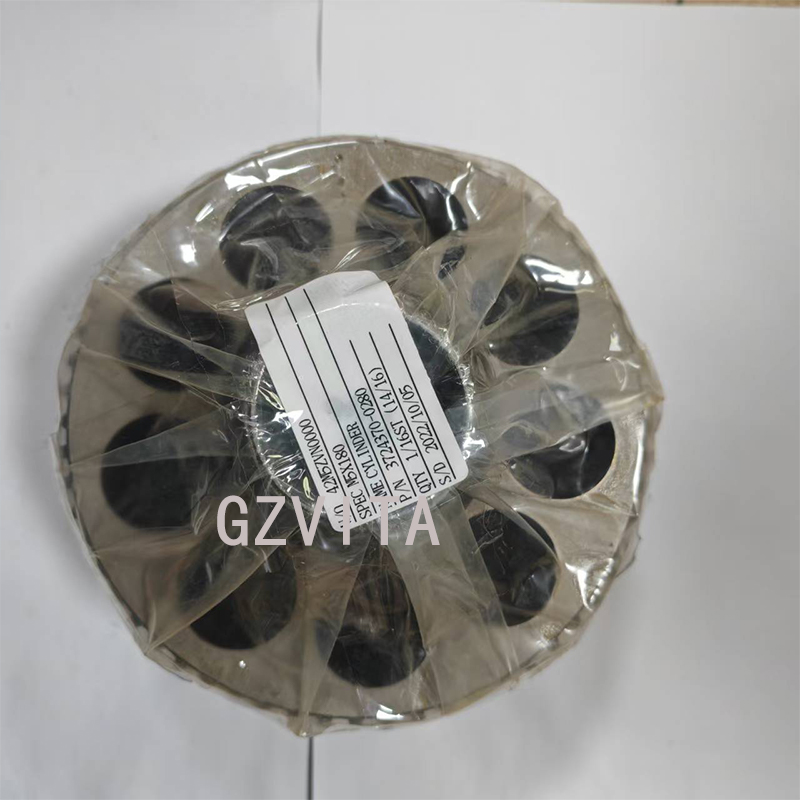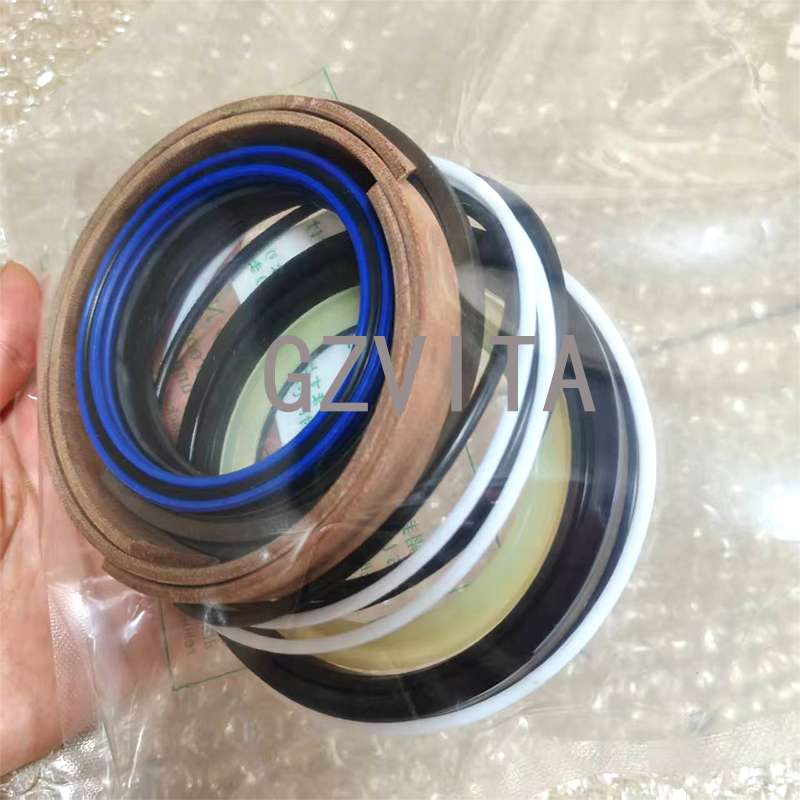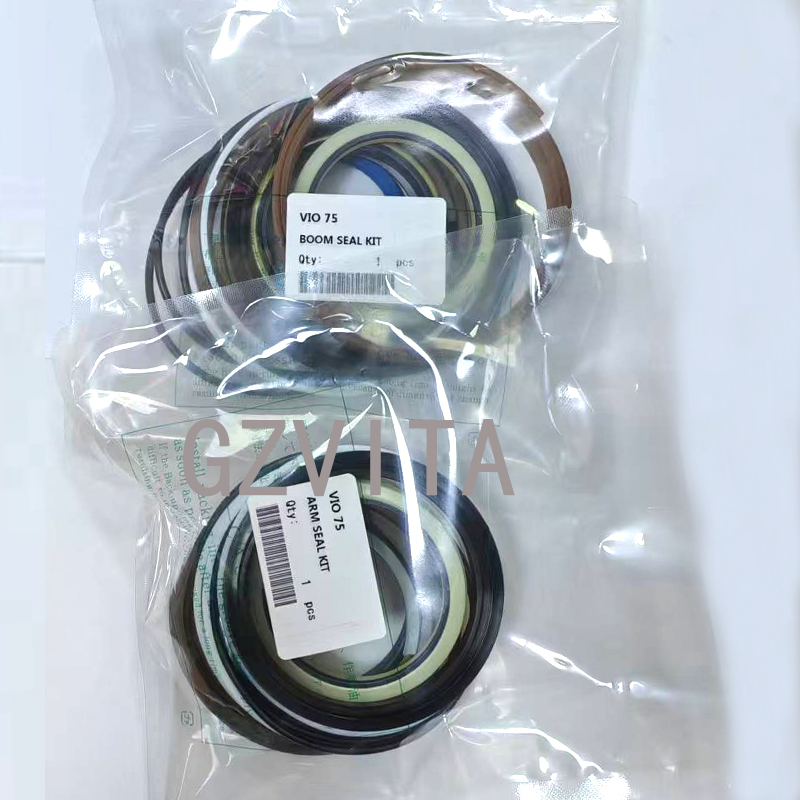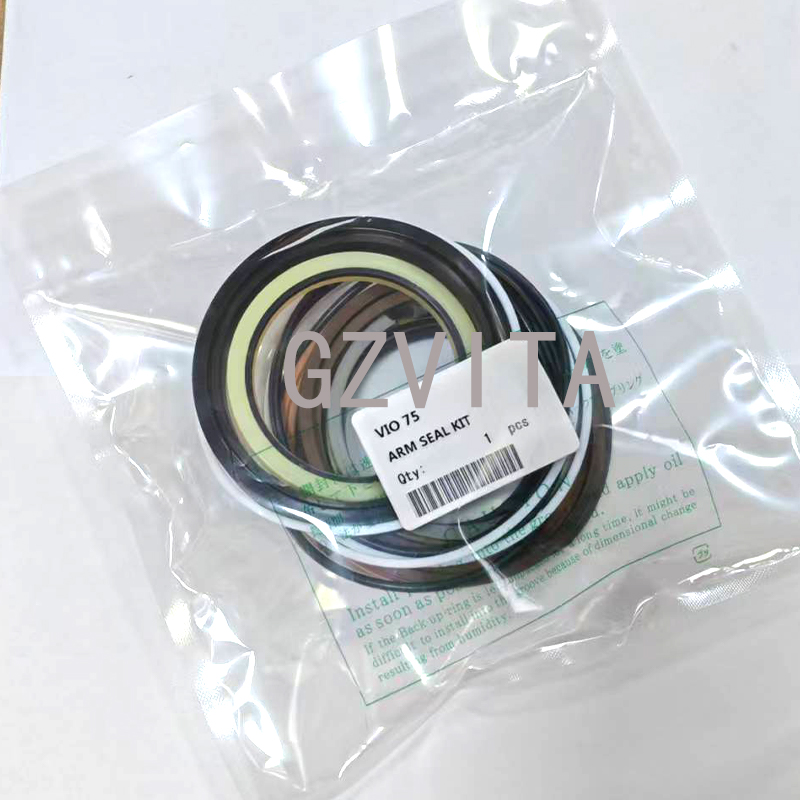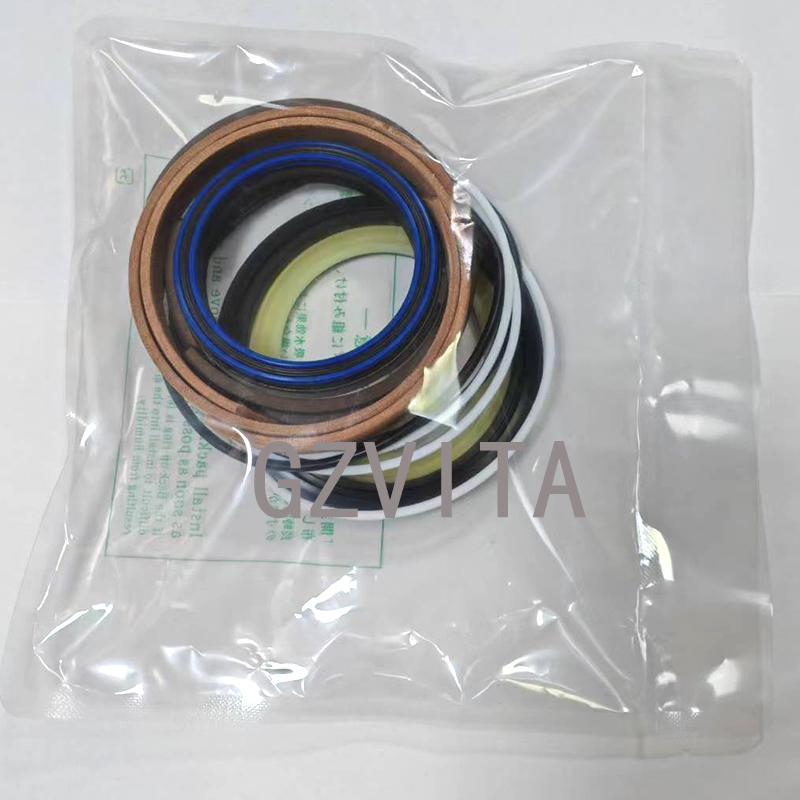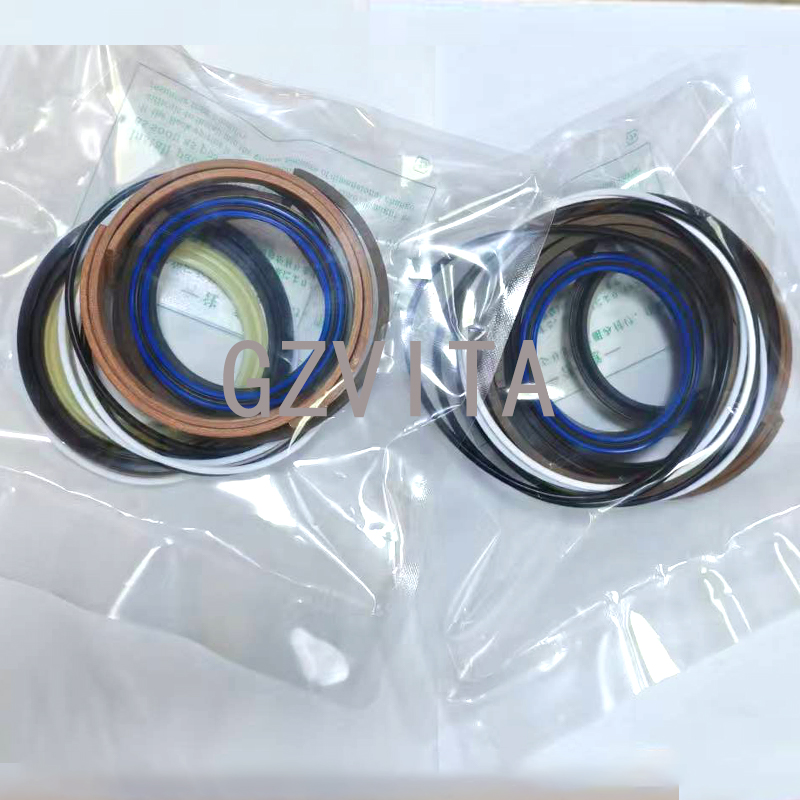 +86 13794985240
+86 13794985240
Boom cylinder Arm cylinder seal kits For Yanmar Vio75-C
How to Choose the Correct Seal Kits for Excavator Boom Cylinder and Arm Cylinder?
Choosing the correct seal kits for excavator boom and arm cylinders is crucial for maintaining the performance and longevity of the hydraulic system. Here’s a step-by-step guide to help you select the right seal kits:
- Identify the Excavator Model and Specifications
Model Number: Start by identifying the exact model of your excavator. Different models may have different specifications for their hydraulic components.
Manufacturer: Note the manufacturer, as seal kits are often specific to the brand (e.g., Caterpillar, Komatsu, Hitachi).
- Determine the Cylinder Type
Boom Cylinder vs. Arm Cylinder: Understand the difference between the boom cylinder and the arm cylinder. Each may require different seal kits due to variations in size, pressure, and design.
Cylinder Size: Measure the diameter and stroke length of the cylinders to ensure you get the correct size.
- Check the Existing Seal Kit Part Number
If you have access to the existing seal kit, check for any part numbers printed on the seals or packaging. This can help you find an exact match.
If the seals are worn or damaged, take them to a supplier for comparison.
- Consult the Manufacturer’s Manual
Refer to the excavator’s service manual or parts catalog. These documents typically provide detailed information about the required seal kits, including part numbers and specifications.
- Consider the Application and Environment
Operating Conditions: Consider the working environment of the excavator. If it operates in extreme temperatures, dusty conditions, or with specific fluids, you may need seals made from specialized materials.
Fluid Compatibility: Ensure that the seals are compatible with the hydraulic fluid used in your excavator.
- Select Quality Seal Kits
OEM vs. Aftermarket: Decide whether to use Original Equipment Manufacturer (OEM) parts or aftermarket options. OEM parts are generally recommended for guaranteed compatibility and quality, while aftermarket parts may offer cost savings.
Material Quality: Look for seal kits made from high-quality materials (e.g., polyurethane, nitrile) that can withstand wear and tear.
- Purchase from Reputable Suppliers
Choose a reputable supplier or dealer who specializes in hydraulic components. They can provide guidance and ensure you receive the correct seal kits.
Verify the return policy in case the seals do not fit as expected.
- Installation Considerations
Ensure that you have the necessary tools and knowledge for proper installation. Incorrect installation can lead to leaks and premature failure of the seals.
If unsure, consider hiring a professional technician to perform the installation.



